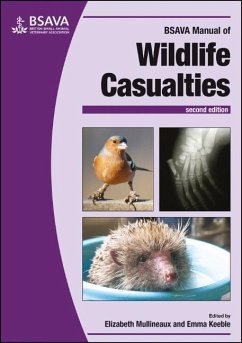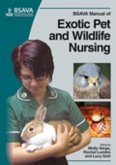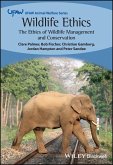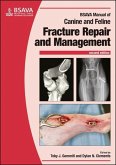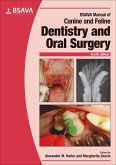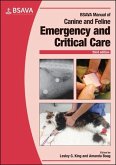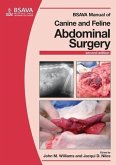The provision of care for wildlife casualties remains an important responsibility of veterinary surgeons, limited not only to emergency care but also encompassing the rehabilitation and release of the casualty and the wider impact on the environment. The second edition of the BSAVA Manual of Wildlife Casualties provides critical information for all stages from the initial decision to intervene to monitoring of released casualties.
Fully updated, the initial chapters have also been expanded to include new chapters on: capture, handling and transportation; triage and decision-making; first aid and emergency care; wildlife anaesthesia; management in captivity; care and hand-rearing of young animals; and investigation of wildlife crime.
The second half of the manual returns to a species- and group-specific format, covering wild mammals, birds, amphibians and reptiles encountered in the UK. Each chapter gives details on: ecology and biology; anatomy and physiology; capture, handling and transportation; examination and clinical assessment for rehabilitation; first aid and short-term hospitalization; anaesthesia and analgesia; specific conditions; therapeutics; management in captivity; rearing of neonates and juveniles; release; and legal aspects. Specialist organizations and useful contacts are also provided at the end of chapters and in a comprehensive appendix.
Hinweis: Dieser Artikel kann nur an eine deutsche Lieferadresse ausgeliefert werden.
Fully updated, the initial chapters have also been expanded to include new chapters on: capture, handling and transportation; triage and decision-making; first aid and emergency care; wildlife anaesthesia; management in captivity; care and hand-rearing of young animals; and investigation of wildlife crime.
The second half of the manual returns to a species- and group-specific format, covering wild mammals, birds, amphibians and reptiles encountered in the UK. Each chapter gives details on: ecology and biology; anatomy and physiology; capture, handling and transportation; examination and clinical assessment for rehabilitation; first aid and short-term hospitalization; anaesthesia and analgesia; specific conditions; therapeutics; management in captivity; rearing of neonates and juveniles; release; and legal aspects. Specialist organizations and useful contacts are also provided at the end of chapters and in a comprehensive appendix.
Hinweis: Dieser Artikel kann nur an eine deutsche Lieferadresse ausgeliefert werden.
"The second edition of BSAVA Manual of Wildlife Casualties is a valuable reference for anyone who treats captive or free-ranging wildlife. The text is clear and concise, and the organization and numerous excellent tables facilitate finding information quickly"........"The authors clearly state that all treatment and rehabilitation efforts should first and foremost consider the long-term well-being of the patient. The chapter on triage and initial assessment emphasizes the need to gather as much information as possible, including observation of the animal from a distance, before attempting to capture an injured animal. Also identified are injuries for which euthanasia is advised, with reference to the AVMA Guidelines for the Euthanasia of Animals"........."Each species- or taxa-specific chapter provides information on the basic anatomy, physiology, and ecology of the animals being described, followed by a discussion of handling techniques, treatment options, drug dosages, and general guidelines for initial management. Finally, the authors review common diseases and injuries and methods for rearing orphaned and injured juvenile wildlife and provide information on how to avoid the imprinting of those animals on humans" (Reviewed by Anne Justice-Allen, DVM, Arizona Game and Fish Department
Phoenix, Ariz 15th June 2017 AVMA)
Phoenix, Ariz 15th June 2017 AVMA)

